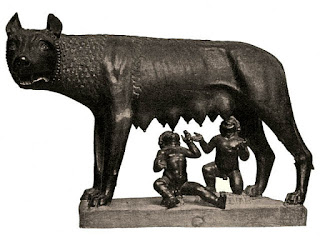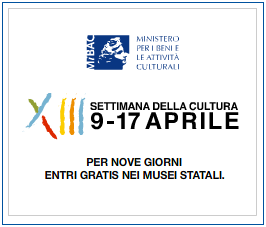I seem to have a knack for picking books that don't represent the picture postcard Italy, that show Italy perhaps in a less than romantic light. With this in mind, I simply have to recommend Gomorrah by Roberto Saviano as an excellent book for those with an interest in the murkier side of Italy. There are no vineyards, no piazzas full of kids playing calcio, indeed la dolce vita is completely absent. Instead, these classic Italian scenes are replaced by an altogether different Italy. Dodgy meetings out at sea, where 'invisible' goods are loaded onto smaller boats and smuggled into Italy, turf wars just outside Naples, and a look into the dark heart of the rapacious fashion world are all detailed here. In short, Gomorrah is no 'Under the Tuscan Sun', but it is a fascinating read and forms my April entry for the Italy in Books reading Challenge. The other April reviews can be found here.
I don't know enough of the politics, nor the culture, to assess whether the book is truly representative of life in and around Naples, but it has opened my eyes to a world beyond my ken. It's fascinating and terrifying at the same time, and I often had to remind myself that what I was reading was a journalistic account of real-life happenings in Campania, rather than a fictious rollercoaster ride.
Gomorrah is an excellent piece of investigative journalism composed by Roberto Saviano. Thanks to the Camorra (the title of the book is a play on words) Campania, the region around Naples, has one of the highest murder rates in Europe, one of the world’s highest ratios of drug dealers to inhabitants, soaring levels of unemployment and cocaine addiction, and elevated cancer rates linked to toxic waste dumping. What I find fascinating is that it comes across like a war report, yet its author is a Naples resident simply trying to understand his city.
The Neapolitan Camorra, or "il sistema" as it is also known, is a vast world of small, loosely collected gangs. They form, split, descend into vicious feuds, constantly changing shape and structure, making it very hard to control them.
Saviano writes beautifully, from the heart. He writes with passion, and his frustration at the stranglehold il sistema holds on his city is evident throughout the book. It's a must read. It destroys the myth of mafia while exposing the truth behind a very real problem, that affects a great number of people. I think Saviano was very brave to write this book, and I think anyone with an interest in Italy should do him the service of reading it.
A copy of Gomorrah can be bought from our Amazon bookstore (US).
A copy of Gomorrah can be bought from our Amazon bookstore (US).


